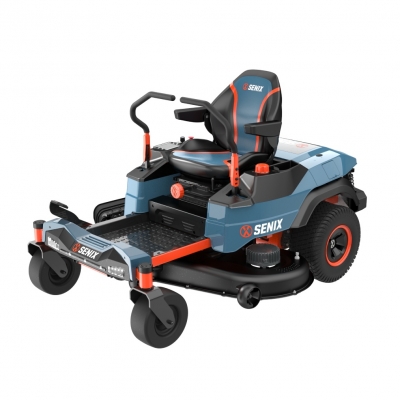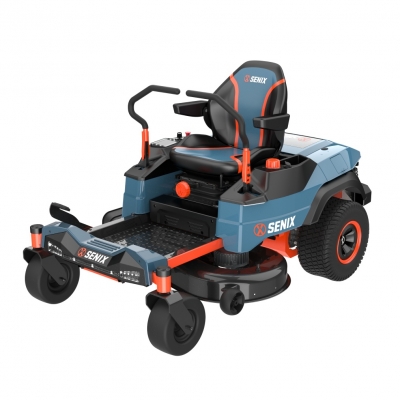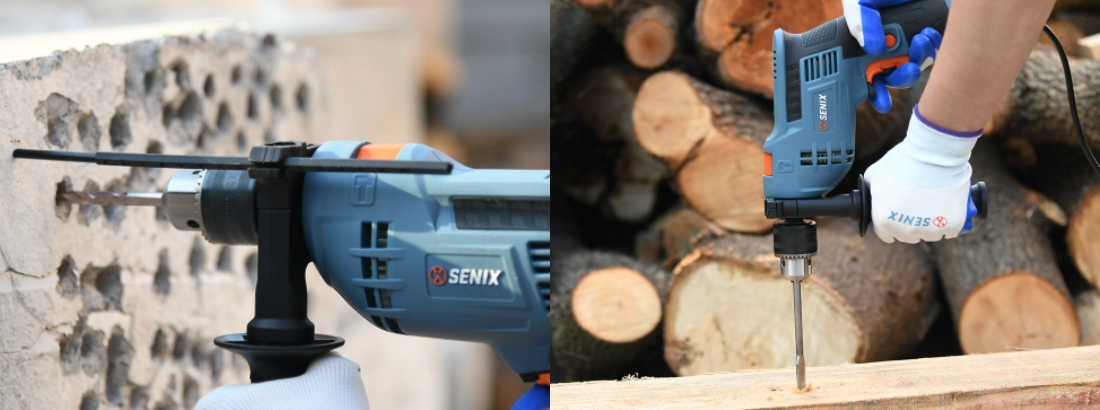Understanding the Key Components of Electric Drill
Power drills are versatile tools that can drill holes, drive screws, and even mix materials faster and more efficiently.
However, simply owning a power drill isn’t enough for optimal results. Real efficiency starts with knowing your tool inside and out.
In this blog, we’ll explore the critical parts of a power drill, explain their basic functions, and show how these components contribute to the overall performance of this indispensable tool.
Senix 550W 13mm (1/2”) Hammer Drill
Key Parts of a Electric Drill
Drill Bit
This is the working end of your drill. Drill bits come in various types—twist bits, masonry bits, spade bits—and materials like carbide and HSS. Using the right bit ensures fast, smooth, and accurate drilling.
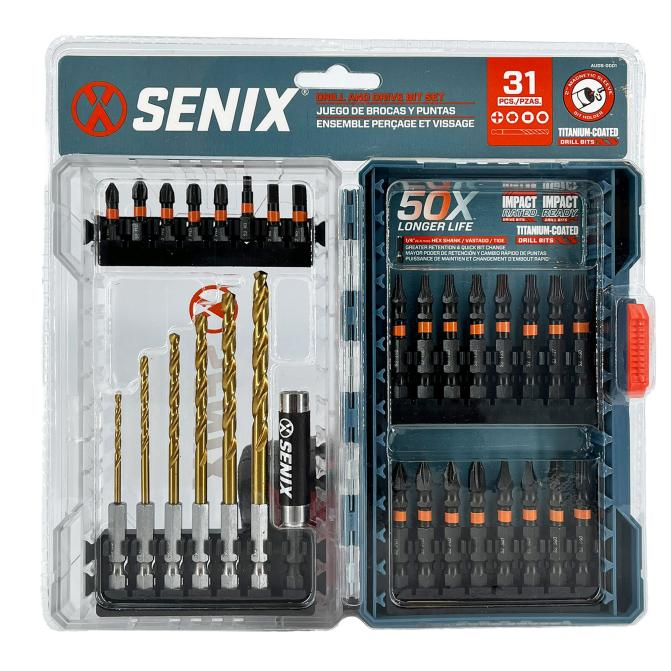
Senix Drill Bits
Trigger
The trigger powers the drill and controls speed. Some electric drills feature variable-speed triggers, which allow you to adjust the speed based on the task at hand. For example, you can drive screws at low speeds and drill into tougher materials at higher speeds, giving you more control and flexibility.
Chuck
The chuck holds the bit in place. There are:
Keyless chucks for quick, hand-tightened changes
Keyed chucks for a stronger grip in heavy-duty jobs
Chuck size also determines bit compatibility—common sizes are 3/8-inch and 1/2-inch.
Handle
The handle is where you grip the drill, providing control and stability while you work. Many drills feature ergonomically designed handles that reduce strain and improve comfort, even during extended use. Some models also offer additional side handles for increased stability, especially when working with tougher materials.
Battery
Most cordless drills now use lithium-ion batteries for longer runtime and better efficiency. Higher voltage = more power.
Motor
This is the powerhouse of your drill. Corded models plug in directly, while cordless ones rely on battery packs. A strong motor means more torque and smoother operation.
Clutch Collar
The clutch collar is a crucial component in controlling the drill’s torque. By adjusting the clutch, you can set the amount of force applied during the drilling process. This helps prevent over-driving screws or damaging the material. The preset torque settings are especially useful for precise screw driving, ensuring that screws don’t strip or the material doesn’t get damaged.
Rocker Switch
Many cordless drills feature a rocker switch, which allows you to change the direction of the motor. This switch typically has two positions: one for forward rotation (for drilling) and one for reverse rotation (for removing screws). The rocker switch enables quick and easy transitions between tasks, increasing efficiency and flexibility.
Conclusion
Understanding these components will help you work more safely and effectively, ensuring your projects go smoothly. When choosing power tools, trust SENIX—your reliable partner for high-performance power drill supply. As a leading power tools supplier, we deliver durability and precision for every job.


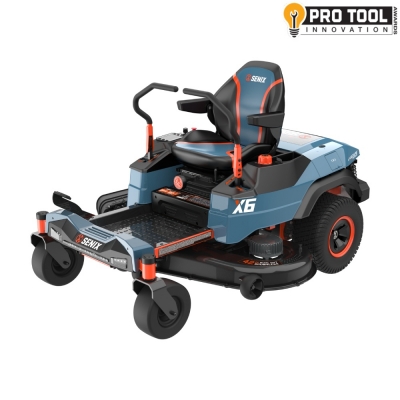
 (5.0)
(5.0)